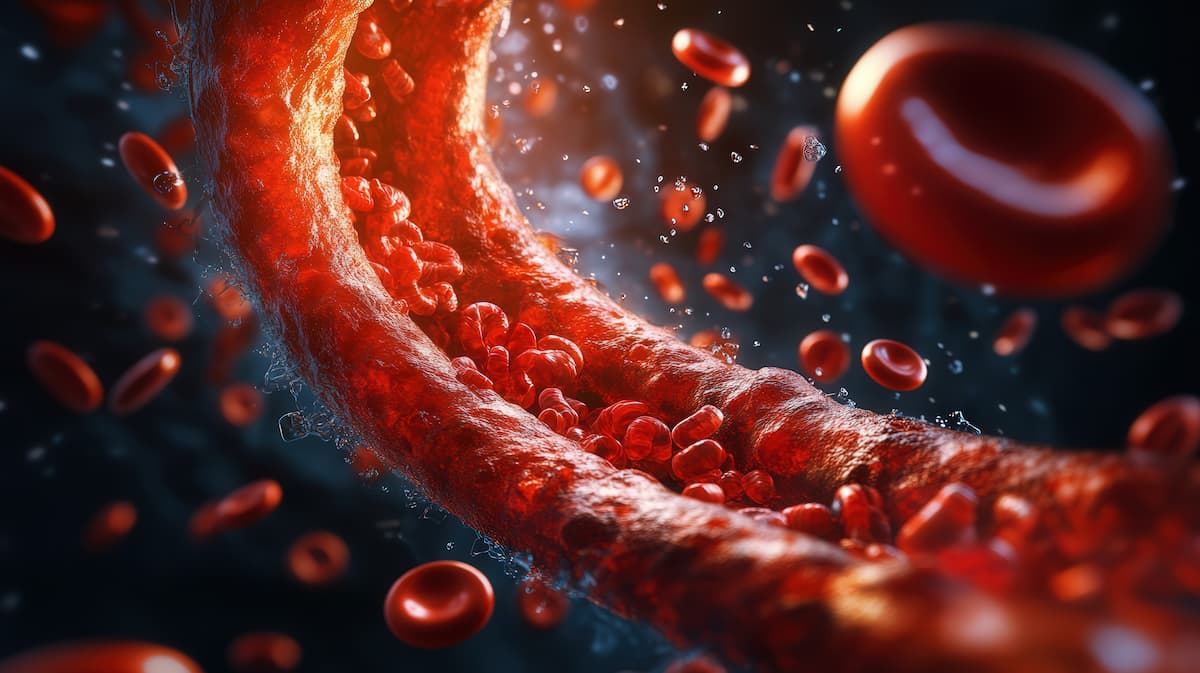Article
Case Highlights Importance of Screening for Systemic Sclerosis in PAH, Raynaud
Author(s):
A case study highlights the important role of nailfold videocapillaroscopy assessments in patients with Raynaud disease and pulmonary arterial hypertension (PAH).
In a case study published in Microvascular Research, researchers documented a 45-year-old female with Raynaud phenomenon diagnosed with pulmonary arterial hypertension (PAH) preceding a confirmation of systemic sclerosis—marking the first such case of PAH detected before the diagnosis of systemic sclerosis with the aid of a nailfold videocapillaroscopy (NVC) assessment, to their knowledge.
The patient also had a diagnosis of familial non-ischemic dilated cardiomyopathy, with normalization of ejection fraction following medical management, in addition to a pulmonary embolism (PE), authors explained.
She exhibited dyspnea, orthopnea, and night-time cough while examination revealed an elevated jugular venous pressure and telangiectasias. The patient underwent an NVC assessment and was found to have enlarged capillaries and microhemorrhages.
The patient was then “diagnosed with systemic sclerosis on the basis of LeRoy and Medsger criteria on the basis of her NVC and Raynaud’s phenomenon,” researchers wrote. Upon hospital admission, “a right heart catherization confirmed significant PAH with a pulmonary arterial pressure of 37mmHg and pulmonary capillary wedge pressure of 4mmHg,” they added.
She was started on tadalafil, continued on anticoagulation, and began ambrisentan alongside tadalafil, while 1 year later, her most recent echocardiogram showed significant improvement.
“Cardiopulmonary complications are the leading cause of mortality in patients with systemic sclerosis as up to 30% of deaths are attributable to PAH. There is a 15% prevalence of PAH by 15 years, with the earliest cases typically detected 3 years after systemic sclerosis diagnosis,” researchers wrote.
Currently, screening algorithms for systemic sclerosis-PAH do not account for NVC findings, although they are incorporated in some classification criteria. However, other guidelines were not appropriate for this case because the patient was in such early stages of systemic sclerosis.
“For our patient, NVC was critical in making the diagnosis of systemic sclerosis and expediting her workup for pulmonary hypertension, as without NVC findings, her elevated (right ventricular systolic pressure [RVSP]) would likely have been attributed to chronic thromboembolism,” authors said.
Furthermore, early detection and treatment of systemic sclerosis-PAH can greatly improve 8-year survival with the use of vasoactive therapies.
The root cause of vasculopathy leading to PAH in systemic sclerosis is not fully understood, although researchers hypothesized endothelial cell dysfunction could play a key role. This dysfunction contributes to dysregulation of endothelial cell apoptosis, impaired angiogenesis, and disruption of other functions.
“Although our patient’s pulmonary hypertension continued to be persistent despite 6 months of tadalafil, her RVSP has normalized with symptomatic improvement following the addition of ambrisentan,” researchers concluded. “Our case highlights the importance of conducting NVC in patients with suspected PAH as early therapy improves outcomes in these patients.”
Reference
Tariq S, Tervaert JWCT, and Osman M. Diagnosis of pulmonary arterial hypertension preceding the confirmation of systemic sclerosis in a patient with Raynaud’s phenomenon. Microvasc Res. Published online October 16, 2021. doi:10.1016/j.mvr.2021.104267





